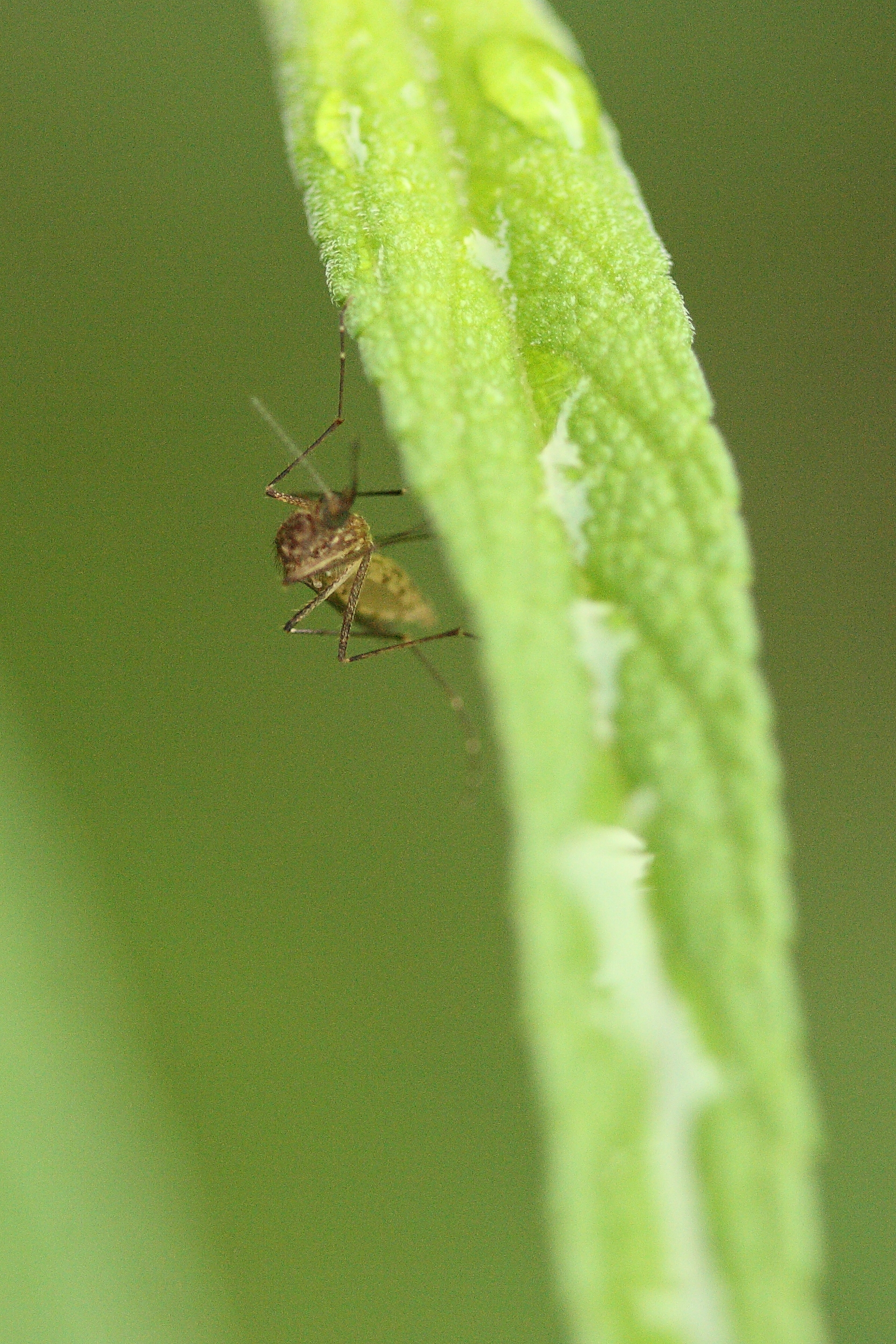If you live in north Texas, chances are that you’ve been following reports of mosquito spraying efforts. You may have heard that in September the risk from West Nile virus usually goes down. However, the latest data shows that WNV risk may a actually be higher now than any time during 2013.
Last summer’s record outbreak of WNV is, and we hope will remain, the benchmark for a dreadful year of mosquito-borne illness here in north Texas. This summer has been much different, with only five human cases in Dallas and surrounding counties.
Nevertheless, this is no time to let your guard down when it comes to venturing outside in the evening and at night. According to last Friday’s WNV Epidemiology survey, sent from the Dallas County Department of Health and Human Services to local health officials, the standard statistical measure for West Nile virus risk, the Vector Index, was higher last week than it has been all season.
The Vector Index is a statistical tool that combines information about mosquito abundance and mosquito infection rates into a single number. Preliminary estimates of last week’s Vector Index were higher than any week so far this summer, though still far below last year’s highs.
While this is no cause for major alarm, it shows that we haven’t made it through the virus season yet. Until we get some good rain storms to flush out the standing water pools, along with cooler weather, the mosquitoes really don’t know whether it’s July, August or September. Conditions are still excellent for mosquito breeding and replication of the virus in the local mosquito and bird populations.
So if you’re going outdoors, especially in the evening, early morning or anytime at night, put on the repellent. Put it on your kids and loved ones. It’s the single most powerful tool we have for reducing our risk for mosquito borne disease.

